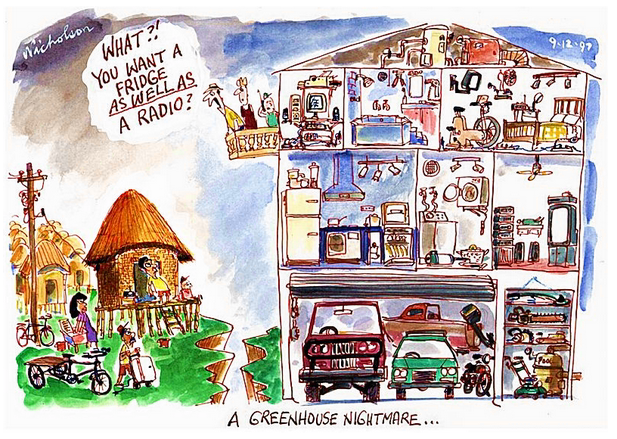It’s the middle of #WOLweek and goodness knows why I woke with the birds at 5.15 this morning. No excuse on a beautiful morning not to walk and whilst doing so I tried out the voice memo app on my phone to capture some thoughts about last night’s film at the festival I’m wading through – number eight in just 13 days. Being a learner, I absorb and reflect about what’s going on around me. I make connections, sometimes with very thin threads. The film was about Chaim Bialik, a poet and writer. I made two connections. One was the theme I am expanding on at present- the importance of culture in societies, and two, the writer’s name was chosen for Bialik College, an eminent school in my town. Coming out of the cinema I bumped into Jeremy Stowe, the Principal of Bialik College and we chatted briefly about names and identification. Why was this man important?
By writing his works, mainly poetry in Hebrew, Bialik contributed significantly to the revival of the Hebrew language, which before his days existed primarily as an ancient, scholarly tongue. His influence is felt deeply in all modern Hebrew literature. Bialik’s poems have been translated into at least 30 languages, and set to music as popular songs. These poems, and the songs based on them, have become an essential part of the education and culture of modern Israel. He was a man who responded to and reflected upon changes to his society. He created from his heart and his soul-an artist whose medium was words. To this day, Bialik is recognized as Israel’s national poet.
A society’s culture is the cloth that is woven from thoughts and responses. It is the cloth that envelops the way we think, the way we live and the way we work. We feel that cloth to reflect and form new ideas. Chaim Bialik has become part of the cultural cloth of a people.
Tonight I spent an hour with #AEFchat on Twitter speaking about my involvement on a Leadership Study program to India this year. How amazing to see first hand, another country’s culture and education system.



